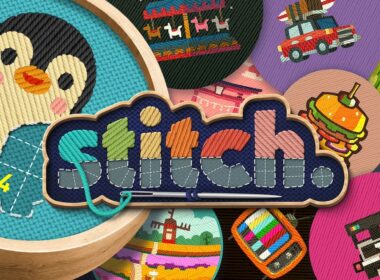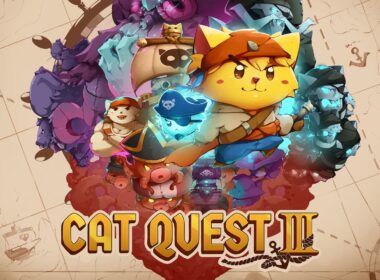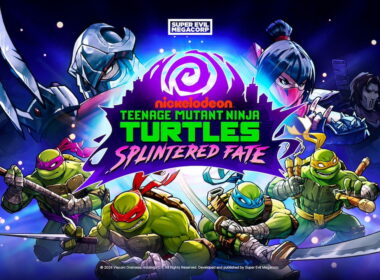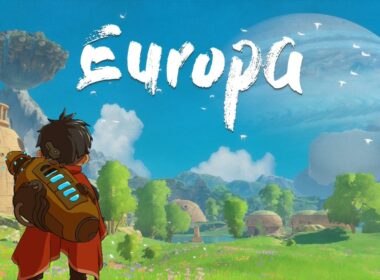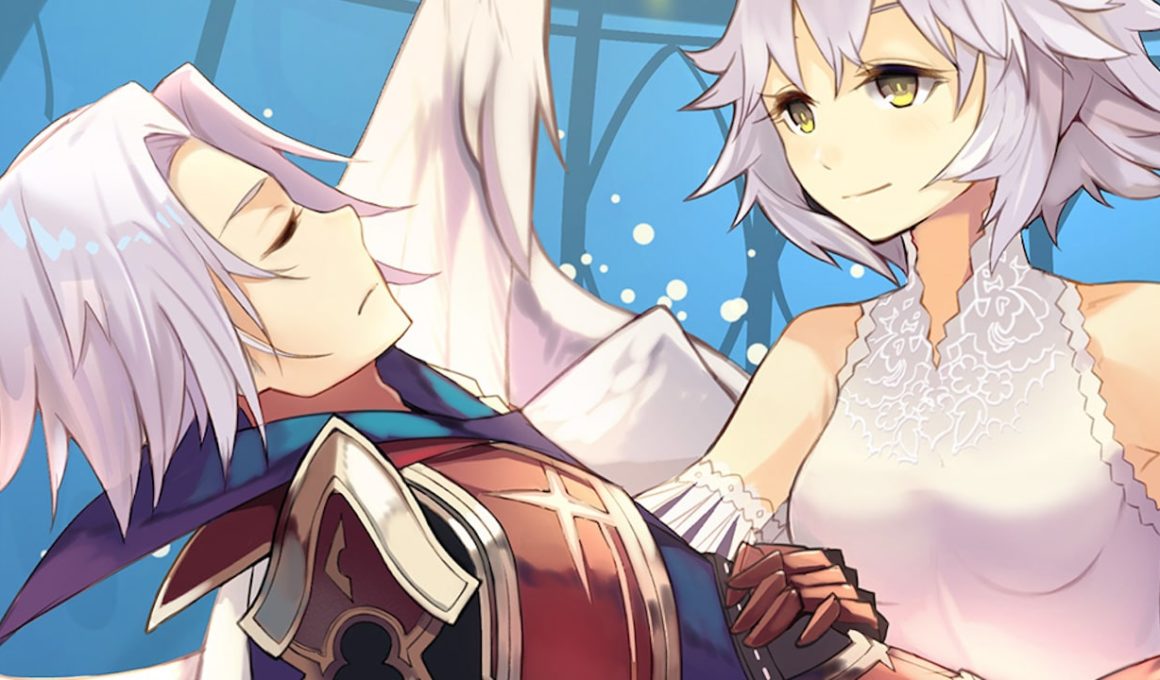There’s a lot to be said about the value of replayability in video games, and most of that has already been said. We’ve seen many mobile and portable games flesh this concept out to have the entire gameplay loop, and Hero Must Die was one of those titles when it released on Japanese phones in 2007. The game was designed around a five-day time limit, where at the end of it the hero dies. Not everything is possible to do in the time allowed, so players are encouraged to replay it numerous times and were rewarded for doing so by subtle changes based on your accomplishments in past playthroughs.
It had a variety of re-releases, but the most notable one was a full remake on Playstation Vita in 2016. This version added more story, 3D visuals, voice acting, new art, redone music, and much more. It is also the version used as the basis for the recent port, charmingly titled Hero must die. again. This is not only the first time the game has released on modern consoles but also the first time we’ve ever received the game localized in English. Hero must die. again is a game that shows that simplifying core mechanics without losing sight of an ambitious RPG experience is possible, creating a charming experience that feels perfect for playing on the Nintendo Switch.
After slaying the Demon Lord, the great hero that defeats him (our story’s protagonist) does so at the cost of his own life. The nation begins to mourn for their hero, but are surprised to learn that heaven has smiled kindly upon him. An angel speaks to him, saying he has five days to resolve any lingering issues with the world after the Demon Lord’s actions. Unfortunately there’s a catch as our hero’s body slowly degrades as time goes on, with him being a practically useless party member by the end. It’s a very simple premise that perfectly sets the tone for the adventure you’re about to embark on, but I have to say that I found it very impressive how open the game is from the get-go.
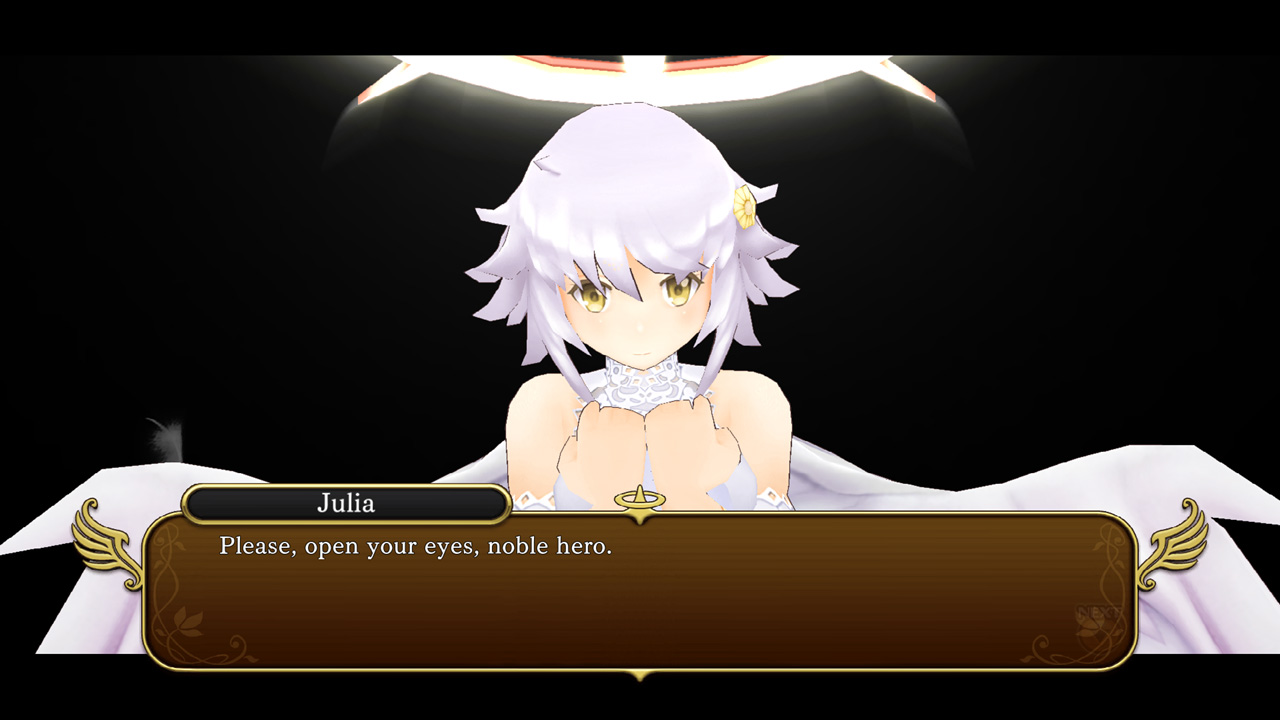
I understand if you might be hesitant to give it a shot when you read some of this, but what makes the game excel is that it’s tightly designed around these strange gameplay decisions. The protagonist starts at his peak and his ever-growing party member mostly start with plenty of room to grow. This leads to an interesting dynamic that ties wonderfully into the game’s themes, with your character’s slow death being reinforced with both the story and the gameplay. You get to feel your party members not only learn how to manage without you but surpass you in usefulness. He starts with his best equipment, and with each passing day uses it less efficiently until he eventually can’t use it at all. How you plan out your time requires taking this into consideration, and leads to a much more memorable experience than most games with strict time limits. By the end of each playthrough I found it a good idea to sell the main character’s equipment to get some extra money to help edge your way closer to finishing that last quest you struggled for (which for me was usually any that involved rebuilding the church).
The gameplay loop is incredibly enjoyable in that previously mentioned simplicity, even if I think it does hold the game back in a few aspects. No aspect of Hero must die. again is bad, but there are certain parts that feel uneven. The game shines in how you balance the open-ended exploration given the small scale of the world, with nodes existing on the world map all designated with how much time they take to travel there. There are multiple ways to travel that tend to reduce time spent, but can’t always be used to keep a general sense of challenge in tackling all the world’s every developing quests. I wouldn’t call the time management too difficult either, with it having the perfect level of stress to keep you on your toes.
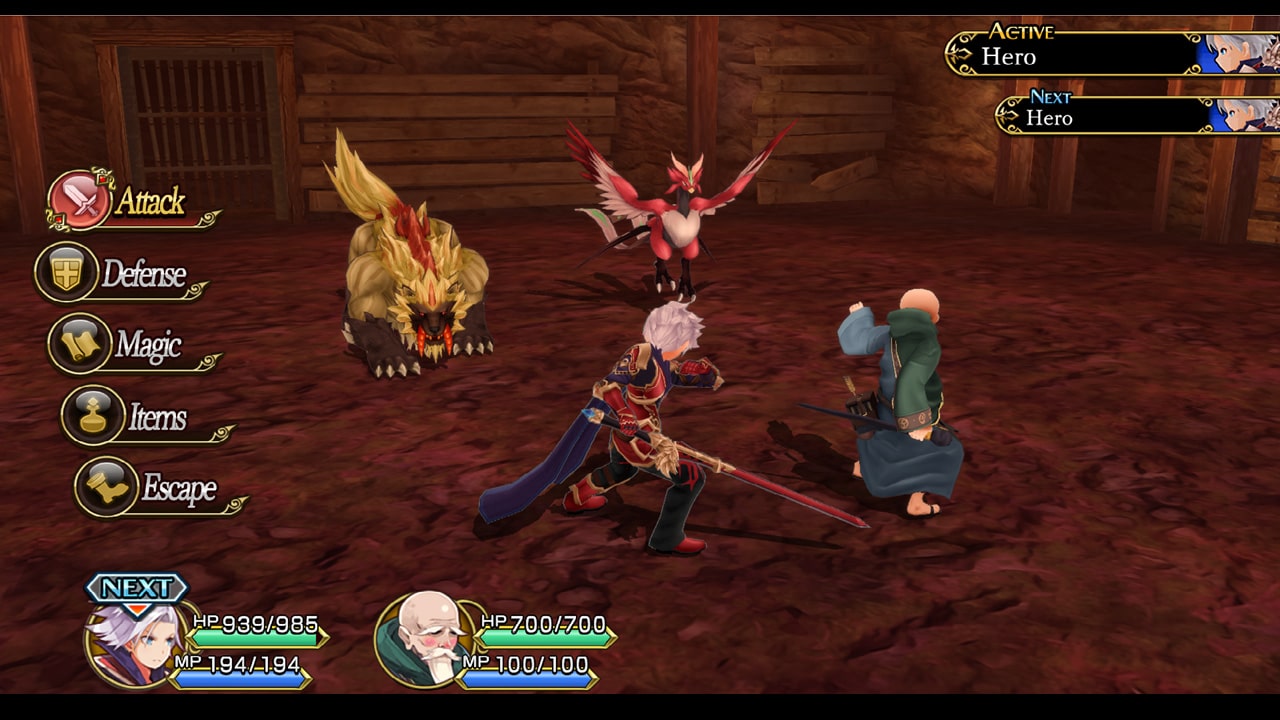
Your first playthrough is unlikely to give you a satisfying ending, which is the entire point. Every time you finish a run, you are encouraged to start again. This isn’t a traditional RPG “New Game Plus”, where the journey is the same with a couple of additions and your equipment is carried over. Each playthrough feels like a continuation of the previous one, with your finished quests making permanent changes on the world. While the characters don’t remember your deeds with each “loop”, it’s satisfying to know that your actions aren’t pointless and even help make each next playthrough more manageable. Often this even unlocks new interactions, events, and characters. This makes progressing through the game the biggest puzzle, but a fascinating one. There are eight main female party members with a series of quests that are located throughout the game’s world. They embody different aspects of the game’s theme and the problems with the world left over after the hero’s initial demise. I won’t spoil anything about how the game plays with this mechanic, but there are a lot of surprises waiting for players who engage in the semi-cyclical nature of Hero must die. again.
Each area the player enters from the world map transitions the control style into that of a side scroller. Towns and dungeons both play like this and that’s where you’ll spend the majority of your play time. It can be a bit difficult to navigate at points with how confusing the map is laid out, but is mostly manageable. In towns you can purchase things, rest to regain your hero’s condition, and talk to NPCs but it’s worth pointing out that time still slowly trudges on here so you should still be mindful. The dungeon areas I found a lot harder to get around, and it is easy to get lost since changing locations involves entering doors on either ends or in the middle. Unfortunately some of these dungeons lack cohesion so it’s easy to get lost.
These areas are where you find enemies on the field, and the lack of random encounters keeps the pace going smooth. Combat is your traditional three-character party turn-based affair, with each character fitting into a certain role. I felt this didn’t have much of an impact on combat and I mostly just picked two characters I liked the most given what quests I needed to do. Battling enemies definitely wasn’t a highlight (I think time management and the story are the defining features of this game) but it was simple enough to keep me playing. Given the nature of your main character’s condition I think many of the less fun design choices of battles were intentional in driving home the theme.
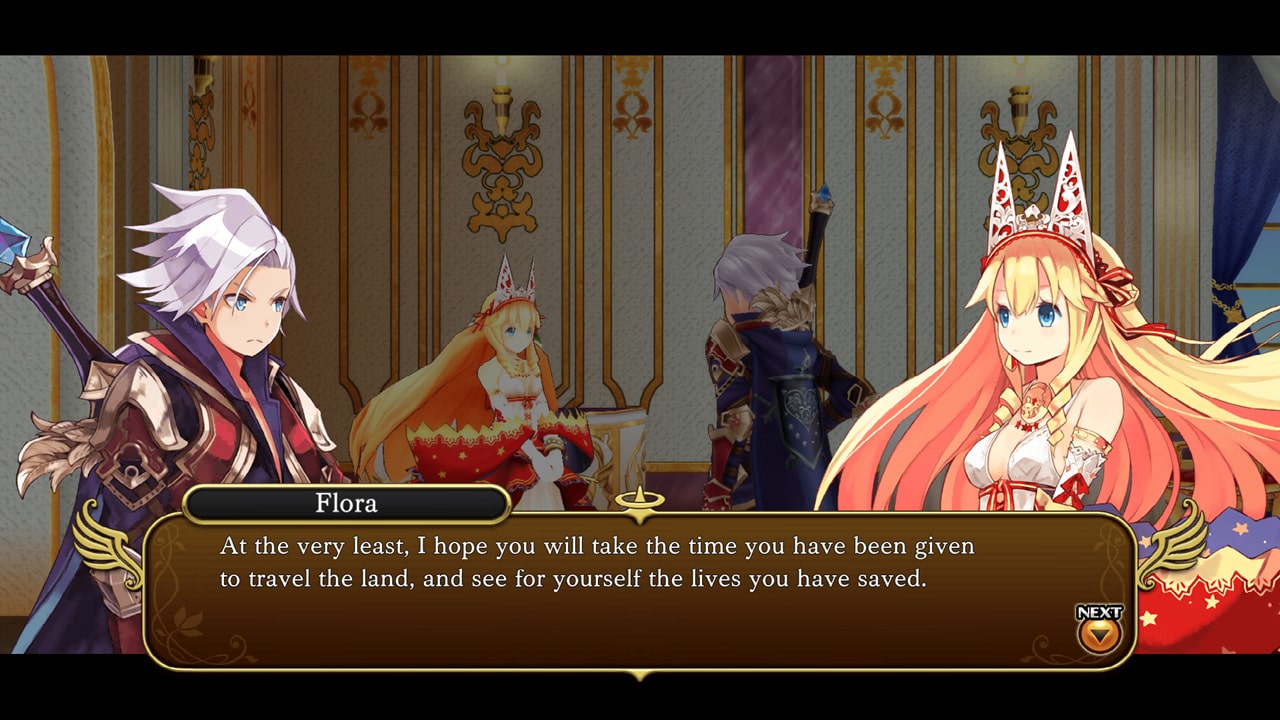
Just because the game deals with very dark subject matter and themes doesn’t mean that it is purely bleak, which is apparent by just looking the colorful aesthetic and great score. There are plenty of moments of brevity sprinkled throughout the narrative and dialogue, but it never takes away from the stakes. The funnier moments only add to the weight and help you bond with the characters, which make the end of each playthrough that much more impactful. Each playthrough ends with your funeral and gives you information on the future of the world based on the decisions you make. You get a sense that your actions – both positive and negative – really have weight, which gives you the motivation to try again to continue to make things right.
I had a great time with Hero must die. again, and really recommend it to anyone looking for a game that utilizes the portable nature of the Nintendo Switch. With each playthrough only lasting around an hour or two, it’s perfect for playing in short bursts. It has a great story, fun time-management mechanics, and while the combat could have been more engaging, I think it doesn’t hurt the package too much.
Version Tested: Nintendo Switch
Review copy provided by DEGICA

